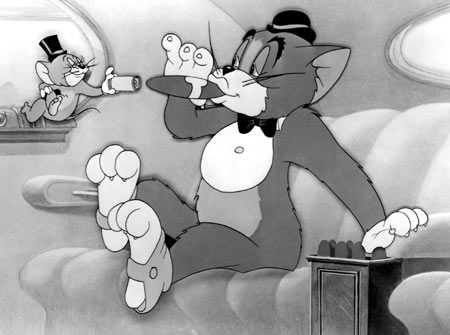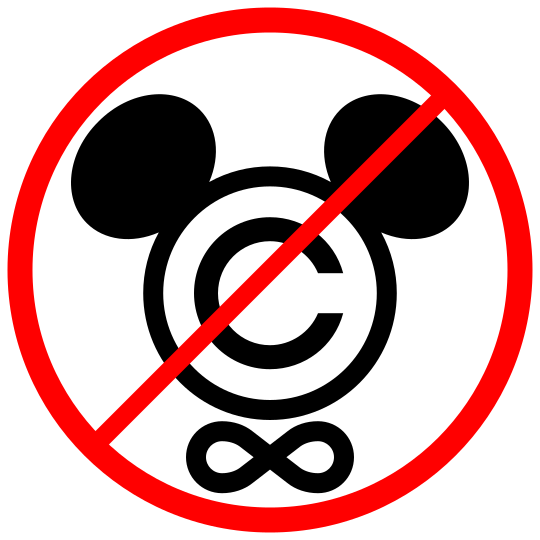Why Smoking in Cartoons Is Not As Bad As You Think

It’s an issue that crops up regularly: cartoon characters smoking on-screen (image above from Michael Sporn’s Splog). Kids (the usual, if regrettable, consumers of animation) are more susceptible than adults to what they see and hear, the whole “monkey see monkey do” factor at work.
What gripes me is the apparent need among people out there to go back and retroactively edit out any and all references to smoking in old cartoons. The article itself is from 2006, but is still relevent today as a practice that’s a bit reminiscent of Senator Ortolan Finisterre for sure.
I don’t agree with smoking on-screen, in fact, I highly detest the habit in all shapes and forms. But for old stuff, like Tom & Jerry pictured above, it’s important to remember that they were made at a different time, when smoking was not only much more socially acceptable, it was actively encouraged. There were advertisements for cigarettes everywhere.
Kids often grew up with one or more adults smoking in the house and it is widely known that kids learn more from their parents than anyone else. Also that if a parent smokes, the kid is much more likely to smoke too. The whole argument that a kid is going to start smoking because Tom lights one up to impress a lady friend smacks of pettiness. Did you happen to remember that Professor Utonium in the Powerpuff Girls was often seen with a pipe in his mouth? He never actually appeared to smoke it however.
Smoking has been absent from cartoons for a very long time. Today, kids are much less likely to start smoking from seeing a character smoke on-screen. Granted, they shouldn’t be bombarded with such images either. But it is fair to say that for all that cartoons I watched as a kid, not one of them made me want to step outside and light one up. Common sense has to prevail. If not, the world is poorer for it.
Why Smoking in Cartoons Is Not As Bad As You Think Read More »









